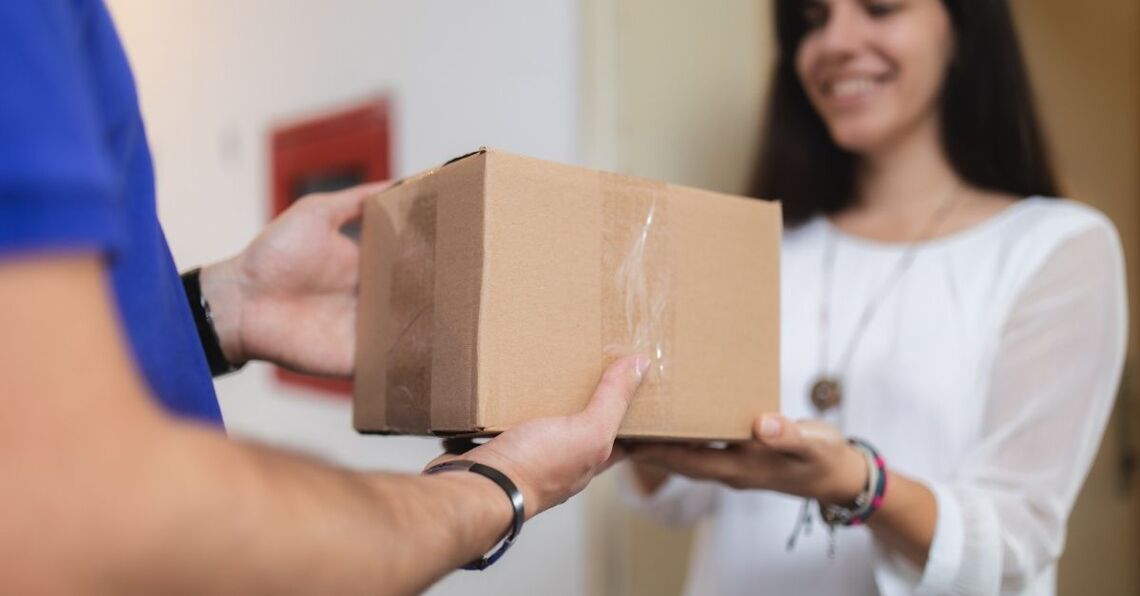Blog
How Do I Integrate My Fulfillment and Logistics 3PL?
Let’s talk about how to successfully complete a digital transformation with an external logistics provider and why you should do it.

Let’s talk about how to successfully complete a digital transformation with an external logistics provider and why you should do it.


April 22nd, 2021
Let’s talk about how to successfully complete a digital transformation with an external logistics provider and why you should do it.
Let’s say you have a small but growing e-commerce business that started at home. Orders are rolling in and suddenly there is no room for your car in the garage because it’s full of cardboard boxes and packing tape. It may be time to update your in-house approach and explore a third-party logistics (3PL) partner. But how do you integrate with a monolithic third-party warehouse while retaining the business intelligence that your company needs? Let’s review how to successfully complete a digital transformation with an external logistics provider and why you should do it.
A 3PL is a company that offers warehousing and shipping services for your products thus allowing you to focus on other business decisions. While you are handling marketing and sales, the 3PL is warehousing, picking, packing and shipping your orders. Sounds like a great deal, right? Maybe you feel like you can kick-back with a cocktail while someone else does the heavy lifting. In reality, you should be paying close attention because you’re surrendering an important part of your business to a third-party and you’re also losing direct access to your business data.

How many orders shipped last night?
How many units are remaining?
What is the tracking number?
These are essential details that you need for nightly reconciliation, accounting and customer service. Without this information you may oversell product, skip orders or fail to update the customer. In our modern economy, to successfully move your products you must also move your business data. Having real-time data throughout every step of your supply chain gives you direct insight into your business. Your success relies on sharing this business intelligence. So how do you get this type of integration?
One of the first questions to ask of your logistics partner is whether they provide the technology to communicate between platforms. You want an interface that allows for bidirectional data communication. This is often accomplished with EDI (Electronic Data Interchange) or an API (Application Programming Interface.) An integration comes in many different flavors, however, the goal is the same, to create data-unison between all parties. Connecting the systems is an advanced process so expect to engage an integration partner to tackle the programming. A sophisticated integration will feature an automated solution that uploads your orders, synchronizes your inventory levels, retrieves your tracking numbers and delivers sales analytics. When done correctly, you’ll receive up-to-date data on all of your orders.